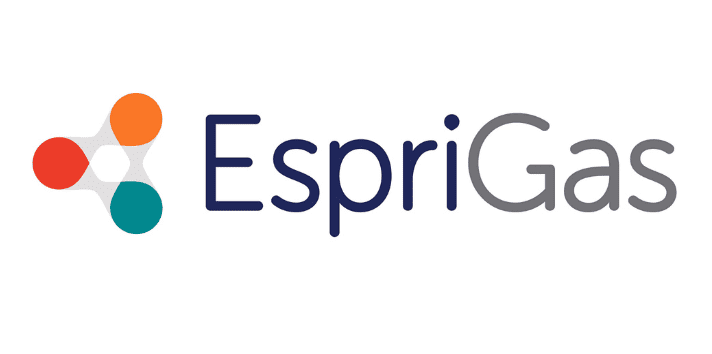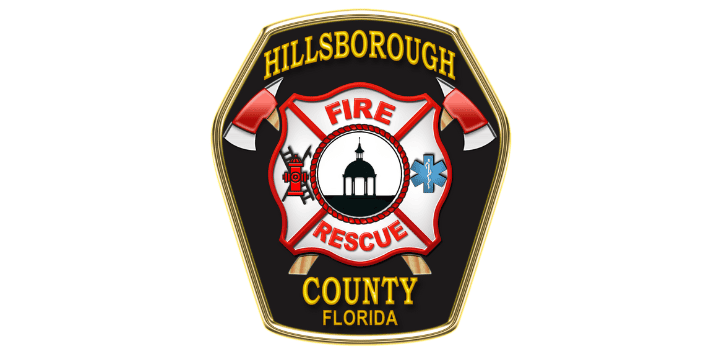Capnography
Benefits of CO2 Sensors in Capnography
Non-dispersive infra-red (NDIR) CO2 sensors are at the heart of virtually every capnogram. Their small size and relatively fast response time make them perfect for portable devices used to measure EtCO2.
CO2Meter's sensors are fast, cost-effective and use best-in-class NDIR technology. They provide accurate CO2 morphology for patient diagnosis and provide the end-user with the ability to analyze CO2 waveforms.
Learn more about our fast CO2 sensors for capnography below.
-
Select optionssensors
SprintIR®-6S-5 5% CO2 Sensor
The SprintIR®-6S-5 5% CO2 Sensor (formerly known as GC-0028) can take up to 20 readings per second, making it ideal for...
5.0 / 5.0
(1) ( 1 )
De $289.00 USD $399.00 USD$289.00 USD$289.00 USD $399.00 USD -
Select optionssensors
SprintIR®-R 5% CO2 Sensor
The SPRINTIR-R-5 5% CO2 Sensor (formerly known as the GC-0031) is the fastest commercial CO2 sensor on the market. Capable of measuring...
De $329.00 USD $349.00 USD$329.00 USD$329.00 USD $349.00 USD -
Select options
The LOX-O2-F UV Flux 25% Oxygen Flow Through Sensor (formerly known as OX-0055) is designed to be used anywhere 0-25%...
1.0 / 5.0
(1) ( 1 )
De $132.00 USD $179.00 USD$132.00 USD$132.00 USD $179.00 USD -
Accessories
Sensor Pump Kit
This Sensor Pump Kit contains all the accessories you need to draw samples using our SenseAir or GSS sensors, including...
$218.90 USD$218.90 USD$218.90 USD -
Accessories
Nafion Tubing for Gas Sampling Sensors
The Nafion Tubing for Gas Sampling Sensors is a highly selective, semi-permeable membrane to water vapor. If gases inside Nafion tubing...
5.0 / 5.0
(3) ( 3 )
$179.00 USD$179.00 USD$179.00 USD -
Select optionsAccessories
Filters & Water Traps for Sensor Pump Kit
The Filters and Water Traps for Sensor Pump Kit are designed to protect sensors from receiving excess water and particulate...
4.75 / 5.0
(4) ( 4 )
De $4.90 USD$49.00 USD$49.00 USD -
Select optionsAccessories
SDK / Sensor Replacement Cables
These high-quality cables are replacements for cables included with our SDKs. They allow you to communicate via USB on your...
De $49.95 USD$49.95 USD$49.95 USD
Don't Take Our Word for it, Take Theirs

Matthew Weintraub
Plant Manager
"Your solutions meet the code requirements and because of you our facility is much safer."

Angela Ihrig
Supply Chain Manager
"CO2Meter has helped protect 150+ of our customers sites and ensure they are compliant and safe."

Michael Hudkins, CFPS
Fire Plans Examiner/Fire Inspector II
"I would recommend CO2Meter gas training to anyone, it inspired us to be keenly aware of what to inspect."

Keith Isoldi
Chief Operating Officer
"I have always worked with CO2Meter because they are the industry leader."

Kelly Kissock
Faculty Director
"Easy to install, Our CO2 tank gassed off and the meter near it worked perfectly!"
Stay Informed with Our Latest Updates
Subscribe to our newsletter for the latest news, product updates, and industry insights.
CO2Meter is working with our global supply chain to minimize disruptions
Due to imposed tariffs, Quotes will be honored for 24 hours and may require a revised PO
CO2Meter is working with our global supply chain to minimize disruptions
Due to imposed tariffs, Quotes will be honored for 24 hours and may require a revised PO
CO2Meter is working with our global supply chain to minimize disruptions
Due to imposed tariffs, Quotes will be honored for 24 hours and may require a revised PO
CO2Meter is working with our global supply chain to minimize disruptions
Due to imposed tariffs, Quotes will be honored for 24 hours and may require a revised PO
CO2Meter is working with our global supply chain to minimize disruptions
Due to imposed tariffs, Quotes will be honored for 24 hours and may require a revised PO
CO2Meter is working with our global supply chain to minimize disruptions
Due to imposed tariffs, Quotes will be honored for 24 hours and may require a revised PO
CO2Meter is working with our global supply chain to minimize disruptions
Due to imposed tariffs, Quotes will be honored for 24 hours and may require a revised PO
CO2Meter is working with our global supply chain to minimize disruptions
Due to imposed tariffs, Quotes will be honored for 24 hours and may require a revised PO
CO2Meter is working with our global supply chain to minimize disruptions
Due to imposed tariffs, Quotes will be honored for 24 hours and may require a revised PO
CO2Meter is working with our global supply chain to minimize disruptions
Due to imposed tariffs, Quotes will be honored for 24 hours and may require a revised PO
CO2Meter is working with our global supply chain to minimize disruptions
Due to imposed tariffs, Quotes will be honored for 24 hours and may require a revised PO
CO2Meter is working with our global supply chain to minimize disruptions
Due to imposed tariffs, Quotes will be honored for 24 hours and may require a revised PO
CO2Meter is working with our global supply chain to minimize disruptions
Due to imposed tariffs, Quotes will be honored for 24 hours and may require a revised PO
CO2Meter is working with our global supply chain to minimize disruptions
Due to imposed tariffs, Quotes will be honored for 24 hours and may require a revised PO
CO2Meter is working with our global supply chain to minimize disruptions
Due to imposed tariffs, Quotes will be honored for 24 hours and may require a revised PO
CO2Meter is working with our global supply chain to minimize disruptions
Due to imposed tariffs, Quotes will be honored for 24 hours and may require a revised PO
CO2Meter is working with our global supply chain to minimize disruptions
Due to imposed tariffs, Quotes will be honored for 24 hours and may require a revised PO
CO2Meter is working with our global supply chain to minimize disruptions
Due to imposed tariffs, Quotes will be honored for 24 hours and may require a revised PO
CO2Meter is working with our global supply chain to minimize disruptions
Due to imposed tariffs, Quotes will be honored for 24 hours and may require a revised PO
CO2Meter is working with our global supply chain to minimize disruptions
Due to imposed tariffs, Quotes will be honored for 24 hours and may require a revised PO
CO2Meter is working with our global supply chain to minimize disruptions
Due to imposed tariffs, Quotes will be honored for 24 hours and may require a revised PO
CO2Meter is working with our global supply chain to minimize disruptions
Due to imposed tariffs, Quotes will be honored for 24 hours and may require a revised PO
CO2Meter is working with our global supply chain to minimize disruptions
Due to imposed tariffs, Quotes will be honored for 24 hours and may require a revised PO
CO2Meter is working with our global supply chain to minimize disruptions
Due to imposed tariffs, Quotes will be honored for 24 hours and may require a revised PO
CO2Meter is working with our global supply chain to minimize disruptions
Due to imposed tariffs, Quotes will be honored for 24 hours and may require a revised PO



















